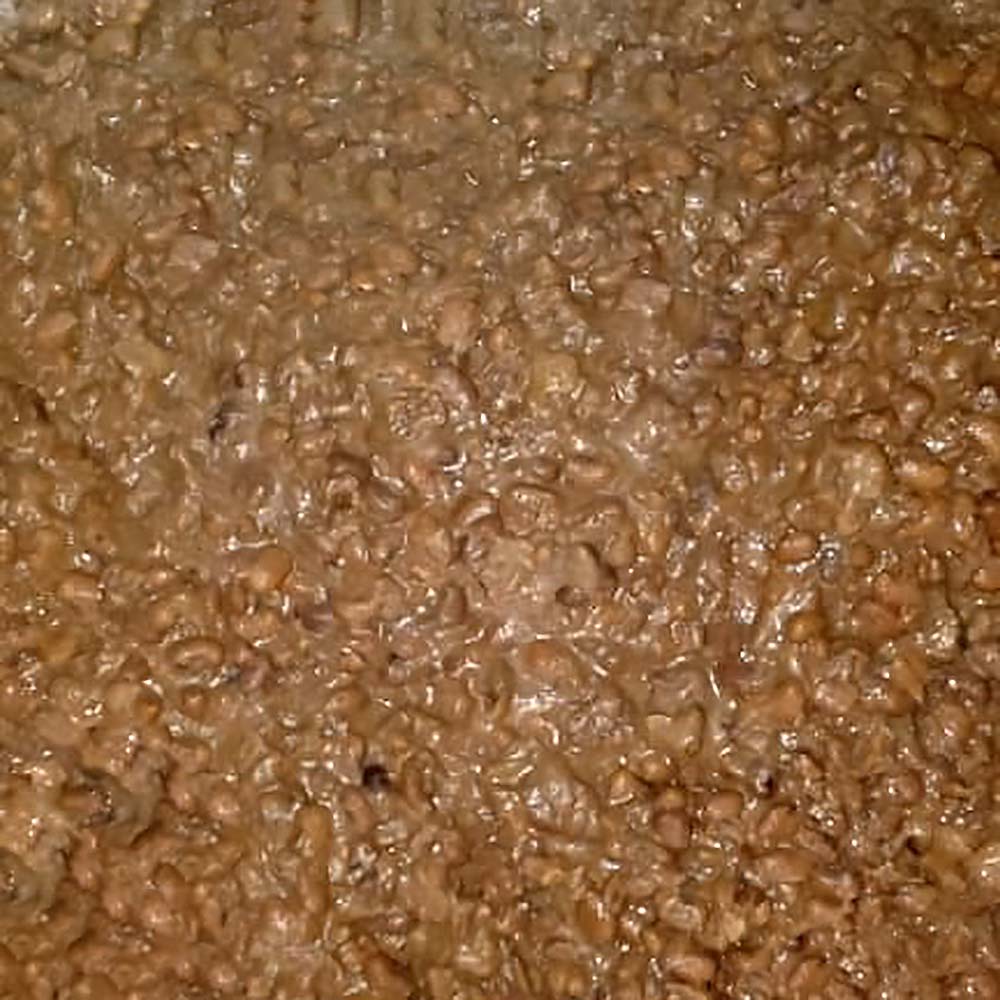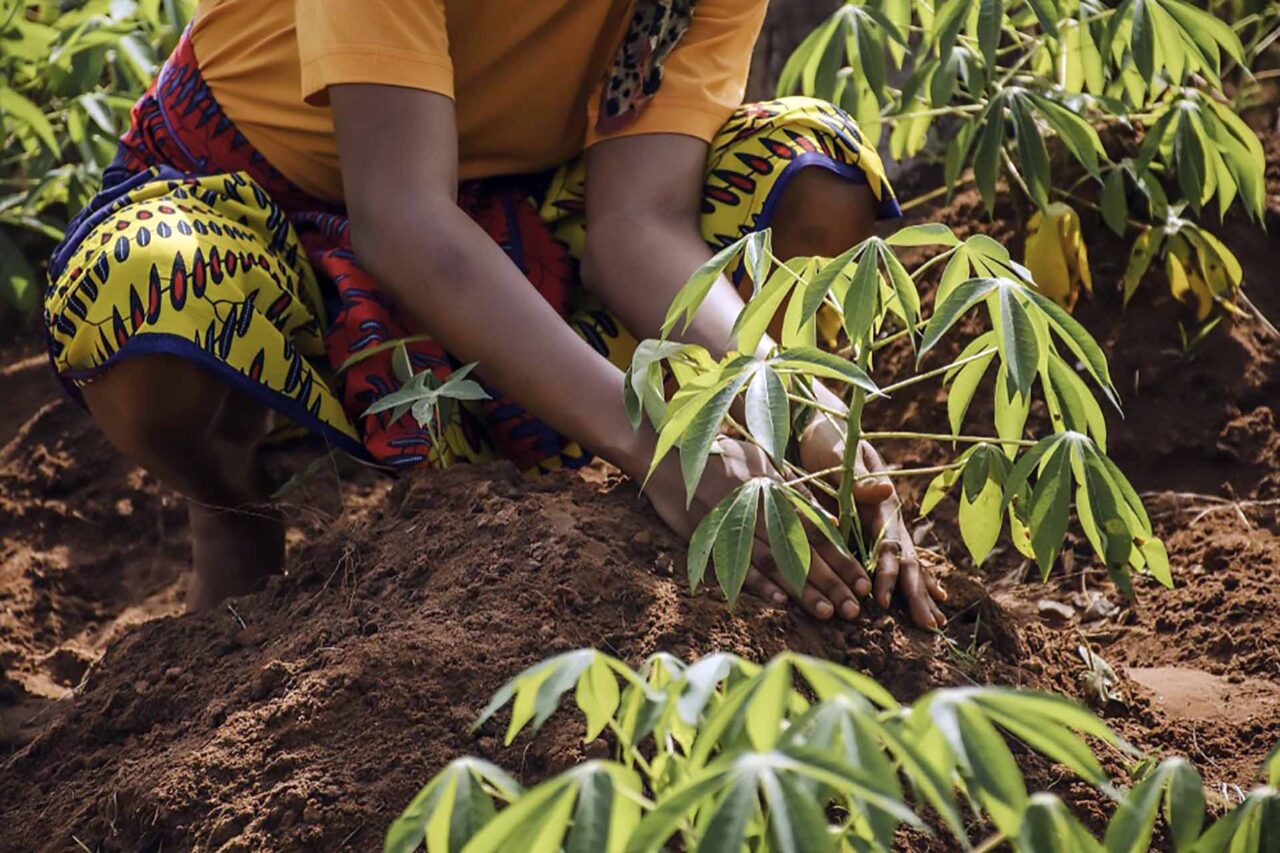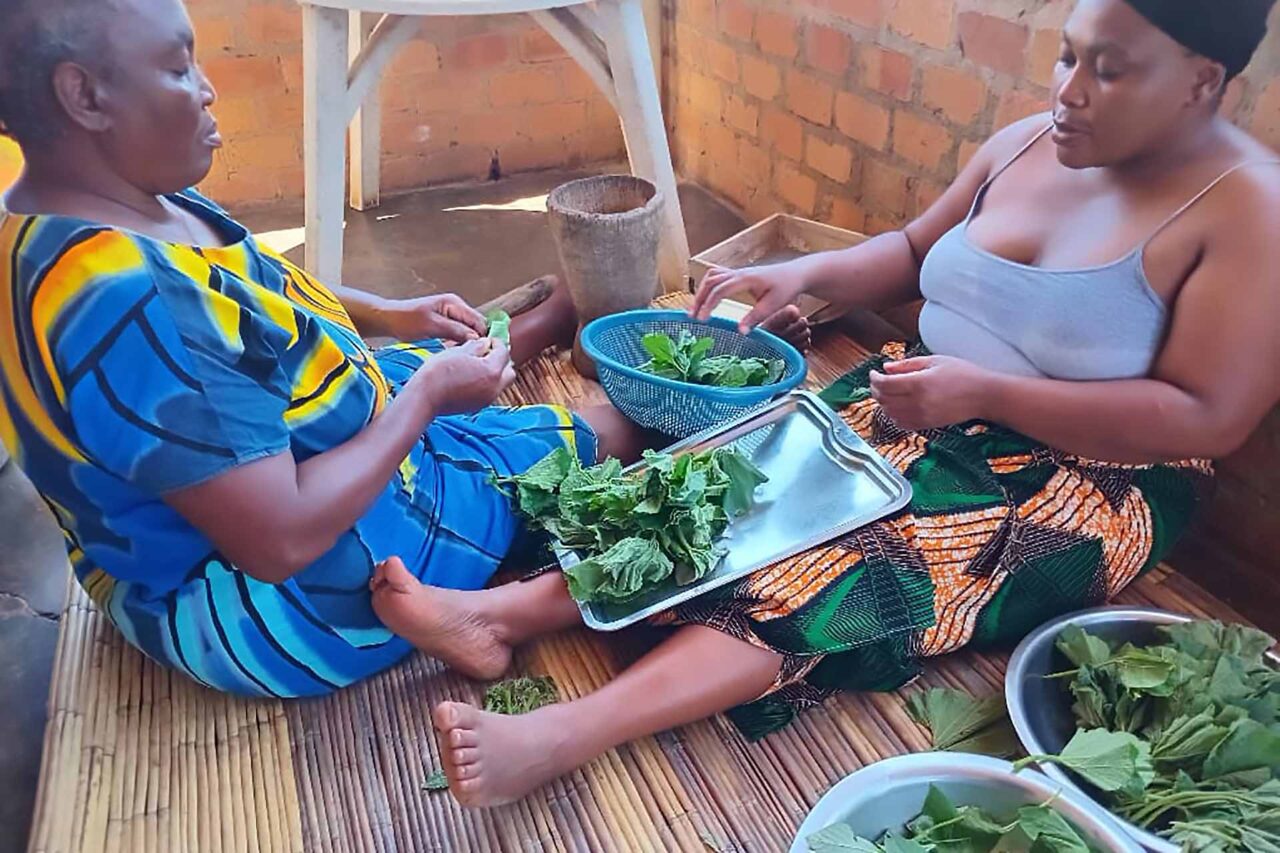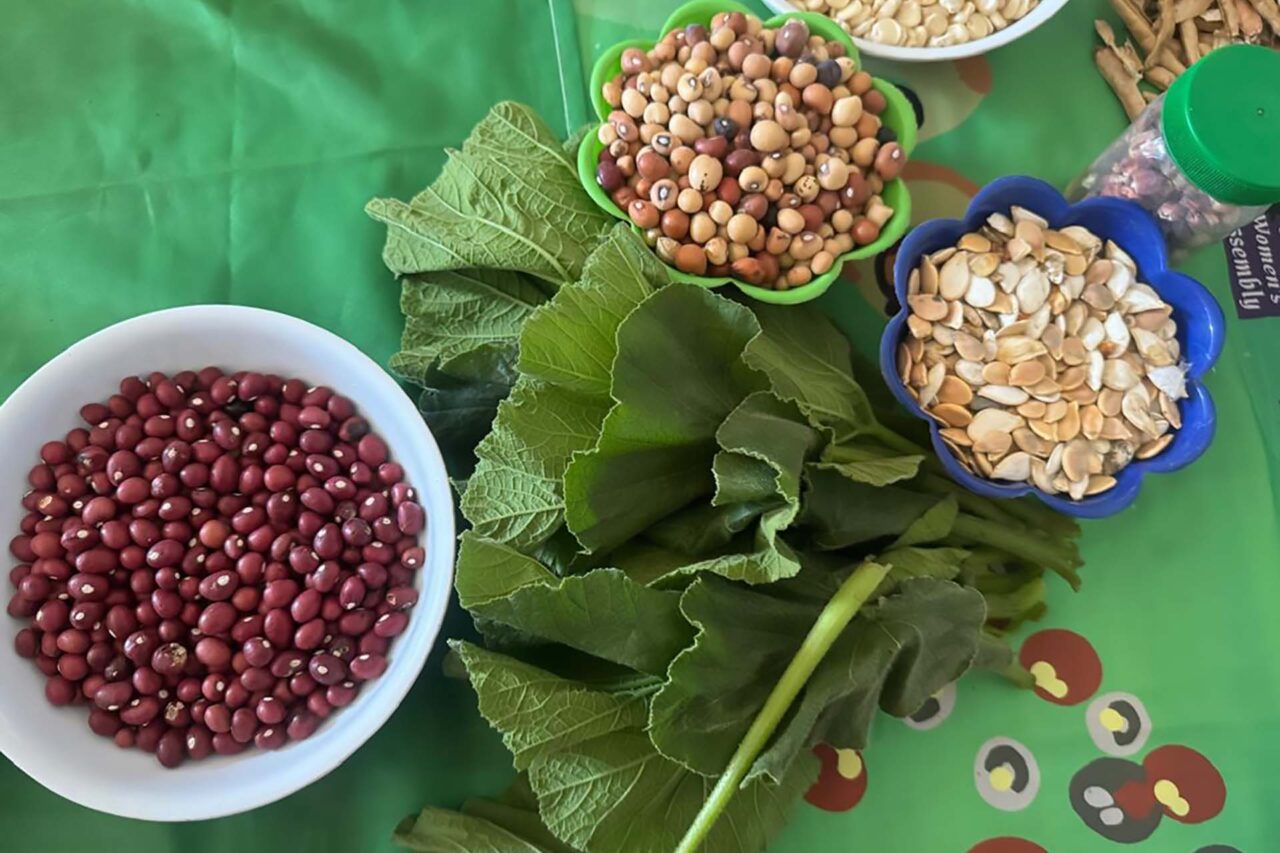Traditionally grown in Casamance and throughout the country, cowpea (“Thiopin-Thiopin”) is a popular staple food in Senegal because its leaves, green pods and dry seeds can be eaten and sold. This high-potential plant is one of the five (05) plants such as rice, okra, mango, peach, sweet potato under study as part of the implementation of the Nutritional African Foods Initiative (NAFI) project in order to develop knowledge and increase the consumption of nutritious African foods.
Led by the African Women's Collaborative for Healthy Food Systems (the Collaborative), the project is implemented in southern Senegal (regions of Kolda, Sédhiou and Ziguinchor) by the Association of Young Farmers of Casamance (Ajac/Lukkal), a member of the pan-African movement of rural women known as “We Are the Solution” Nous Sommes la Solution – (NSS). The nutritional and medicinal values of this plant that is resilient to climate change are evident. Although neglected by decision-makers, cowpea plays a major role in Senegal's diet and food security.
Senegal
Cowpea
Nutritional & Medicinal Values of a Plant Resilient to Climate Change
Introduction

I. A Cowpea Family Farm
Cowpea production on a family farm at the Niaguis Training and Demonstration Centre for Good Agricultural Practices belonging to the Association of Young Farmers of Casamance (Ajac/Lukkal), a member of the pan-African rural women's movement known as “We Are the Solution”
–(Nous sommes la solution).

II. Harvesting
Aïssatou Mballo, a woman farmer from the Kolda district of the Casamance natural region, harvests cowpeas on the family farm for processing and family consumption.

III. Processing
Cowpea transformed into “ACARA” by Emma Manga, a woman farmer from Oussouye. It is sold publicly on street corners, in schools, hospitals, at the market etc... It is well loved by the people who eat it either for breakfast, lunch or dinner. It is prepared with oil and tomatoes.

IV. Processing
Cowpea plays a major role in the diet and food security of families. Aïssatou Mballo, a woman farmer, prepares and presents two cowpea dishes.

Conclusion
According to the empirical knowledge provided by women farmers during the July 2024 discussion group on the nutritional, cultural and medicinal values of plants, cowpea is an important nutrient source, particularly in iron. A staple food, its fortified flour is used for child nutrition. It is also used in the treatment of anaemia and recommended for people affected by blood shortages and women who lose a large amount of blood during childbirth. It regulates high-blood pressure.



